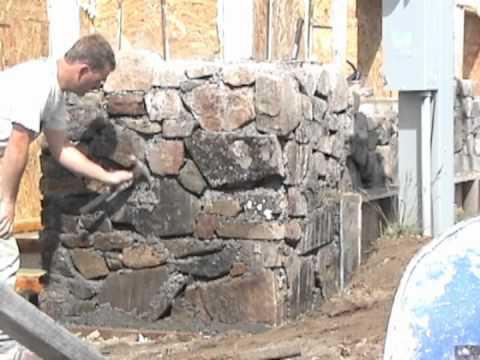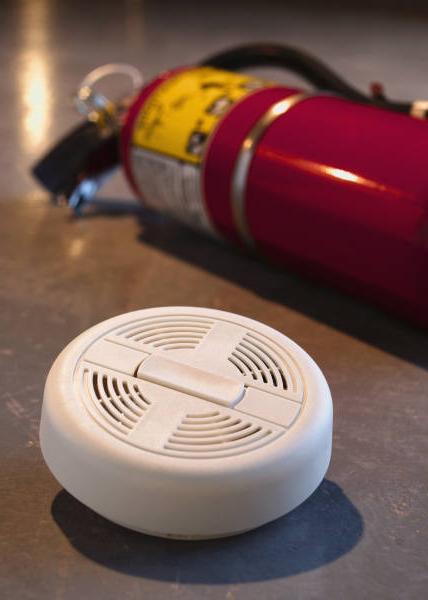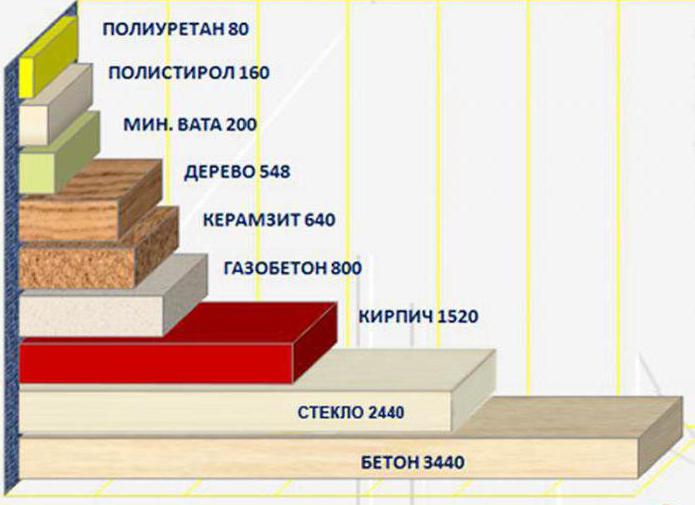Thermal conductivity of materials in construction and finishing of residential buildings
When studying the properties of any constructionmaterials, special attention should be given to such a value as its thermal conductivity, since this directly will determine the ability of a residential building to keep heat inside, and also to prevent its penetration from outside. The thermal conductivity of materials is the ability to conduct heat flow through the material itself from one surface to another, which is due to the presence in it of a transfer potential gradient. Absolutely all materials have a certain coefficient of this indicator, knowing which, you can independently determine whether this material is suitable for certain purposes.
The highest thermal conductivitymetal products, which are practically unable to store heat. In winter, they freeze, and in summer they heat up to a very high temperature, completely dependent on the state of the environment. In this regard, it should be understood that the thermal conductivity of materials of this type should be taken into account when building a residential building.
Except for windows and doors, the mainThe source of cold penetration is the external walls of the building, therefore, during construction, this should be given very great attention. The main building material in our country is traditionally considered a red brick with a heat capacity of 0.92 kJ / kg * K.
However, in recent years, great popularitybegan to gain foam concrete, which is presented in the market of building materials with foam concrete and aerated concrete blocks. It is necessary to know that the thermal conductivity of materials depends on the parameters of its porosity, structure, temperature and humidity, under which heat transfer takes place. Thanks to a special autoclave technology, the foam concrete gets just such an internal structure that prevents the penetration of the cold, so today it is increasingly visible on construction sites.
In addition, the requirements for the standards of insulation of residentialbuildings and structures are constantly increasing, because it allows to optimize the temperature regime, as well as significantly reduce energy costs for heating. In this regard, one of the most popular steel heaters, because the thermal conductivity of materials of this type allows to protect the building as much as possible from low temperatures of the external environment. A wide range of these products includes foam foam, mineral wool, a stone, polystyrene foam and expanded polystyrene. In addition, more recently, special "warm plasters" appeared on the market, which make it possible to provide reliable heat protection for absolutely any building. The only drawback of this new material is its high price, which significantly hampers its spread.
The most popular and affordable insulationis a foam plastic whose thermal conductivity is in the dry state from 0.042 to 0.037 W / m. * K, which also depends on the density of the foam (M15, M25, M35). It has excellent characteristics, such as lightness, low thermal conductivity and water absorption, no harmful effects on the environment (when plastered, because it can release harmful phenols when exposed to ultraviolet rays), as well as a low price. All this allows you to work with such material very easily, and even independently produce insulation work on the facade of your house.
Summarizing the above, it follows thatonce to emphasize that the thermal conductivity of building materials is the most important characteristic, which should necessarily be paid attention to competent developers in the construction of their homes, as well as all owners in the performance of work on the insulation of the existing structure.
</ p></ p>




